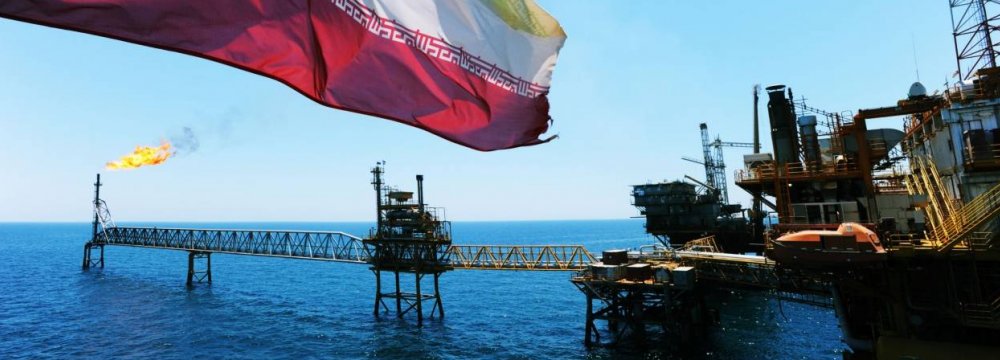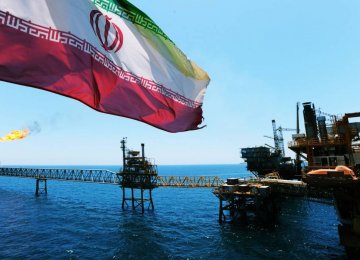Iran sold $29 billion worth of crude oil in the first nine months of the fiscal year (March-Dec. 2016), exceeding oil export revenues in the previous fiscal.
"Following the implementation of the nuclear deal between Iran and the six world powers in January 2016, earnings from crude oil export reached $29 billion through the first nine months of the (fiscal) year," Amirhossein Zamaninia, the deputy oil minister for international and commercial affairs said, IRNA reported.
Tehran reportedly earned around $25 billion from selling crude oil in its previous fiscal.
The rise in oil income came in a chaotic year for the global petroleum industry. Oil prices bottomed out at $27 per barrel last February, their lowest levels in more than a decade, with members of the Organization of Petroleum Exporting Countries and outside producers scrambling to put together a deal to slash crude supplies and lift the resiliently low prices.
Tehran on average exported 2.57 million barrels per day of crude oil and condensates in March-Dec., and its December crude sales reached 2.83 million barrels a day, Zamaninia said.
Iran and the six world powers (the five permanent members of the United Nations Security Council and Germany) struck a historic deal in July 2015 in Vienna to lift financial and trade restrictions against Tehran in exchange for curbs on its nuclear activities.
The deal, officially dubbed as the Joint Comprehensive Plan of Action, came into force a year ago today.
The lifting of sanctions allowed Iran to make a faster-than-expected comeback in the oil market and boost crude production and exports to levels last seen before tighter international restrictions were levied on its economic and energy sectors in 2011 and 2012.
Zamaninia gave a breakdown of crude and condensate exports in the past several years: 2.48 million bpd in 2011, 1.36 million bpd in 2012, 1.28 million bpd in 2013 and 1.39 million barrels a day in the year leading up to sanctions removal.
"Crude oil and gas condensate exports have more than doubled compared to pre-sanctions levels," said the deputy oil minister. "The financial and economic openings after the lifting of sanctions allowed us to use our entire potential in (oil) production and export."
The first crude shipment to European buyers after the lifting of sanctions took place in February last year, as three vessels loaded 4 million barrels of crude from the Kharg Oil Terminal in the Persian Gulf for refineries in Europe.
"Without the JCPOA, oil exports could stop and production would take a massive hit," Zamaninia said.
He added that Iran had recovered billions of dollars in blocked oil revenues over the past year, including from Royal Dutch Shell, BP, Italy's Saras and Indian refiners such as Essar Oil.
Iran's oil industry is still far from its heyday as a persistent slump in international crude prices over the past two years as well as sanctions that curtailed its crude production and export put a dent in Tehran's revenues.
According to published reports, Iran made $119 billion in oil revenues in 2011 and $68 billion the following year. It reportedly racked up more than $200 billion in 2005-07, when it was the second-biggest OPEC producer.











Add new comment
Read our comment policy before posting your viewpoints